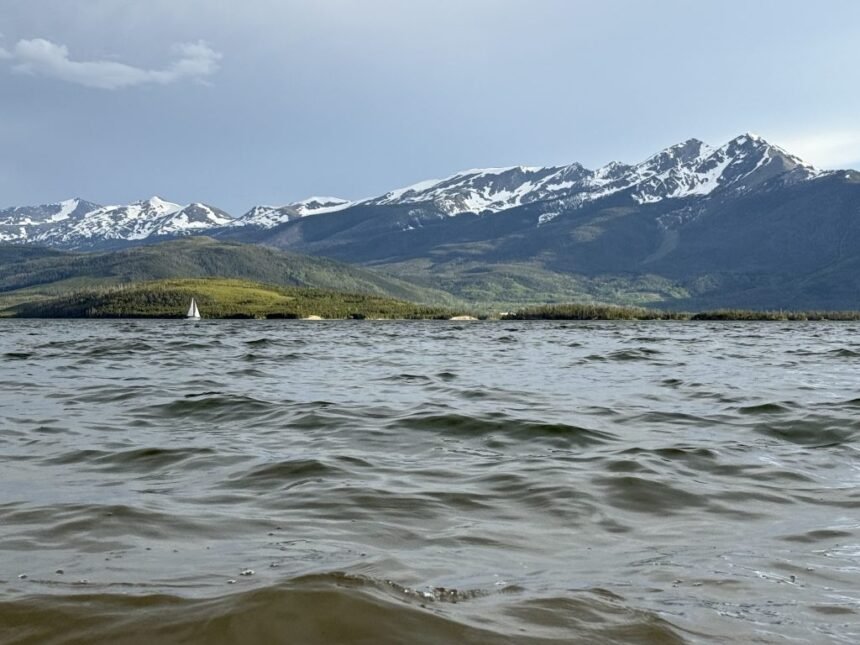Leslie Castillo/Courtesy photo
After hitting a high of just under 500 cubic feet per second in mid-June, the Dillon Reservoir’s discharge into the Blue River dropped to around 160 cubic feet per second by the end of the month and has fluctuated throughout July. Denver Water expects it to drop to around 100 cubic feet per second over the next week.
A July 9 news release from the water utility, which manages the Dillon Reservoir, stated temperatures are expected to keep heating up and runoff season is expected to come to an end over the next week.
United States Geological Survey data shows that outflow, as of July 9, sits around 300 cubic feet per second.
The Denver Water release also stated that strong precipitation in May and June, adequate winter snowpack and generally low demand for water on the Front Range meant the utility limited flows through the Roberts Tunnel to the Front Range, keeping more water on the Western Slope.
Denver Water’s website shows the Dillon Reservoir as being 98% full as of July 9.











